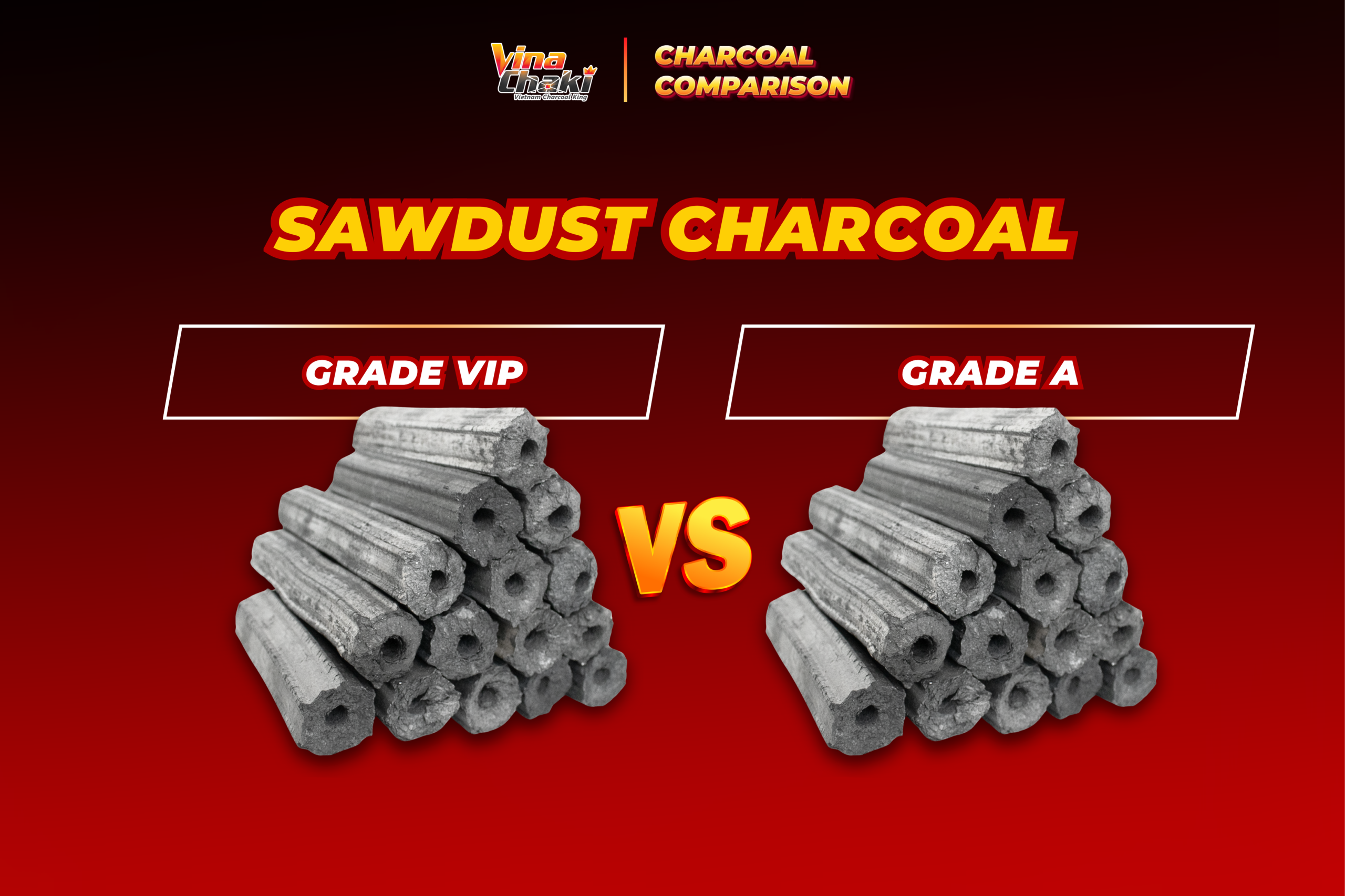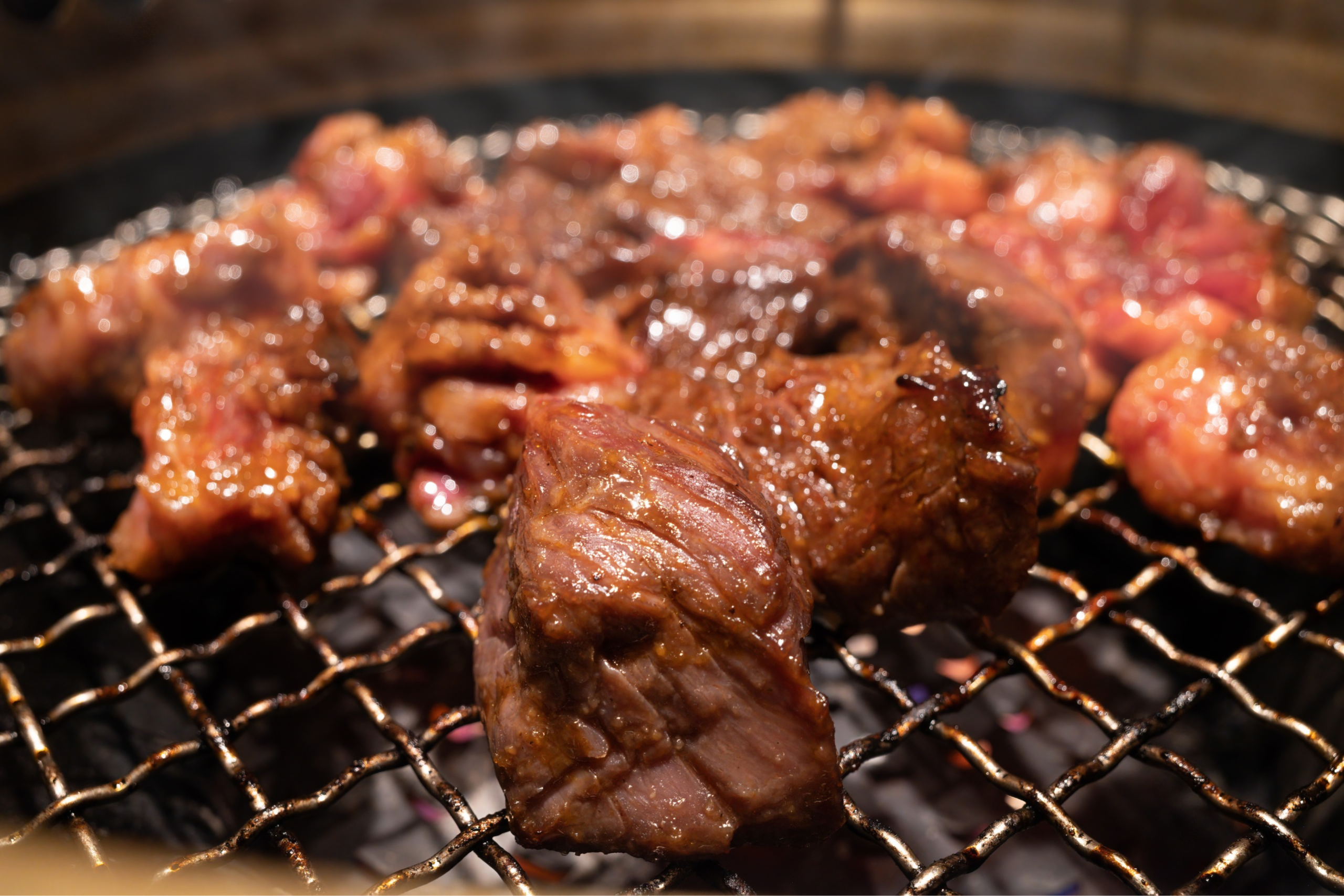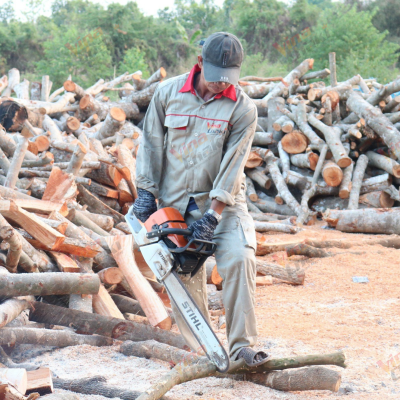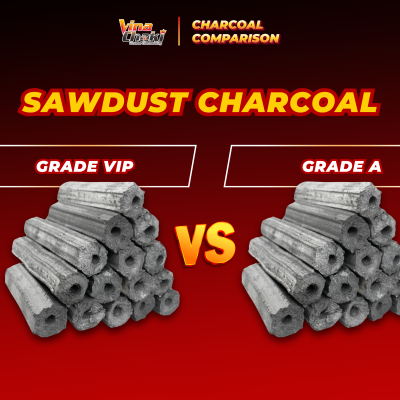How to Control Charcoal Temperature When Grilling
Meta Description:
Learn how to control charcoal temperature like a pro! Discover expert techniques for heat management, airflow, and charcoal placement to achieve perfect grilling results every time.
Introduction
Mastering charcoal temperature is the key to great barbecue. Whether you’re grilling juicy steaks, seafood, or vegetables, controlling the heat allows you to achieve the perfect texture and flavor. Unlike gas grills, charcoal requires more technique — but once you learn it, you’ll enjoy that authentic smoky aroma every BBQ lover craves.
In this guide, we’ll share how to control charcoal temperature when grilling, using simple methods that anyone can follow — from backyard enthusiasts to professional chefs.
Choose the Right Type of Charcoal
The type of charcoal you use plays a huge role in temperature control.
- Lump Charcoal – Burns faster, ideal for outdoor use, family catering.
- Charcoal Briquettes – Burn longer and more evenly, perfect for indoor use, consistent performance.
Control the Airflow
Air is fuel for fire. The more oxygen, the hotter your grill gets. Most charcoal grills have adjustable vents — use them wisely:
- Open vents: Increase airflow and temperature.
- Close vents: Reduce oxygen and lower the heat.
- Half-open: Maintain medium, steady heat for most foods.
If your grill has both bottom and top vents, control the bottom vent to adjust temperature and the top vent to manage smoke and flavor.
Use the Two-Zone Cooking Method
This is one of the easiest and most effective techniques.
- Direct zone: Charcoal is piled on one side — for searing and high-heat cooking.
- Indirect zone: The other side has no charcoal — for gentle, slow cooking.
With this setup, you can easily move your food between zones:
- Start on the hot side for searing.
- Finish on the cool side to avoid burning.
Adjust the Charcoal Amount
- More charcoal = higher temperature (great for steaks or kebabs).
- Less charcoal = lower temperature (best for chicken, fish, or vegetables).
For example:
- High heat: 1 full layer of charcoal (230–260°C / 450–500°F)
- Medium heat: ¾ layer (175–205°C / 350–400°F)
- Low heat: ½ layer (120–150°C / 250–300°F)
5. Use a Grill Thermometer
Visual cues can be misleading. A grill thermometer or infrared thermometer helps you check temperature accurately — especially during long grilling sessions.
You can also use the hand test:
- Hold your hand 5 inches above the grill:
- 2 seconds → High heat
- 4 seconds → Medium heat
- 6 seconds → Low heat
Maintain and Reignite Charcoal Properly
If your charcoal starts to cool down:
- Add a few new briquettes gradually.
- Stir or shake the existing ones to increase airflow.
- Avoid pouring lighter fluid during cooking — it affects flavor.
For long grilling sessions (over 1 hour), refueling with pre-lit charcoal keeps your temperature steady.
Close the Grill Lid for Better Heat Retention
Closing the lid traps heat and creates an oven-like effect, helping food cook evenly. Keep the lid closed as much as possible — every time you open it, you lose heat and add oxygen, which can cause temperature spikes.
Conclusion: Practice Makes Perfect
Learning how to control charcoal temperature takes time, but it’s worth the effort. With the right charcoal, proper airflow, and a two-zone setup, you can grill like a pro — achieving that perfect smoky crust and tender inside every time.
Why Choose Vinachaki Charcoal?
At Vinachaki, we produce premium BBQ charcoal and briquettes trusted by restaurants and distributors worldwide. Our products are made from sustainably sourced hardwoods, offering:
- Long-lasting burn time
- Consistent temperature
- Low ash and clean smoke
Elevate your BBQ experience with Vinachaki – Vietnam Charcoal King.








